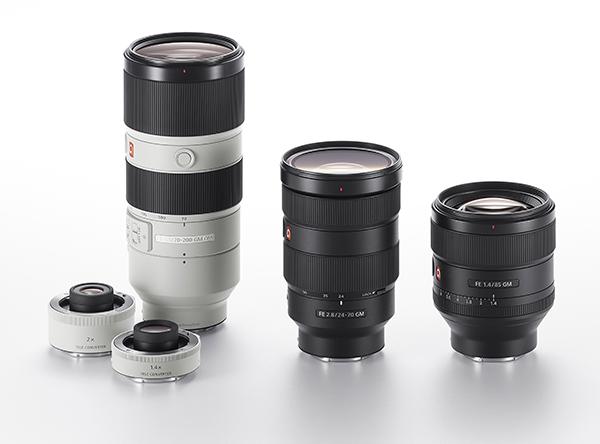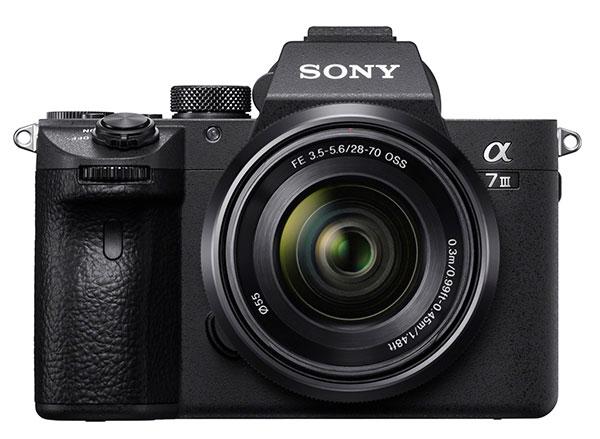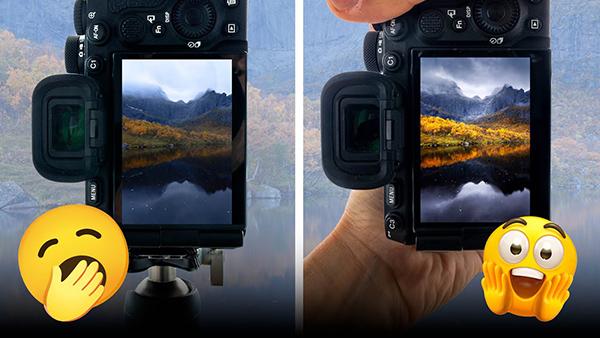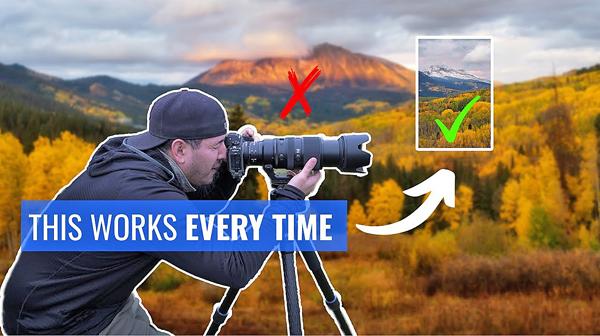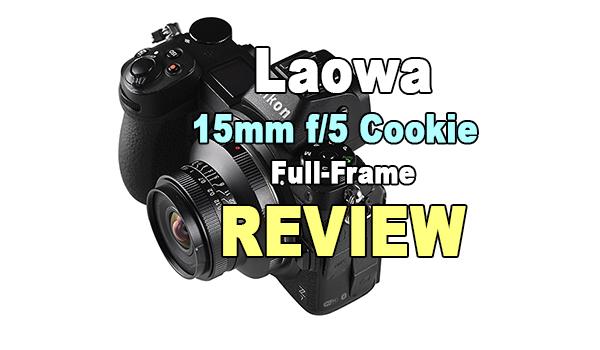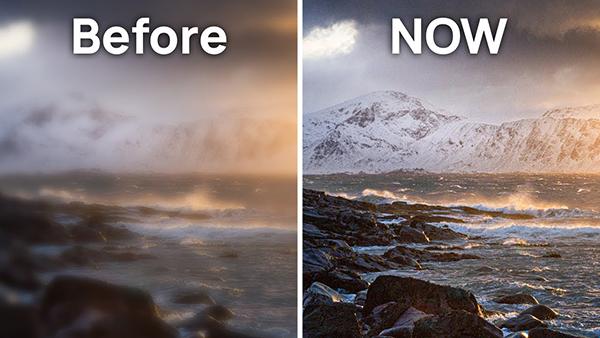Lens News
Sort By: Post DateTitle Publish Date
|
Feb 03, 2016 |
|
Apr 23, 2015 |
|
Nov 25, 2019 |
|
Feb 26, 2019 |
|
Sep 09, 2021 |
|
Jan 15, 2025 |
|
Sep 26, 2022 |
|
Apr 27, 2017 |
|
Apr 11, 2025 |
|
Jul 09, 2019 |
|
Mar 25, 2016 |
